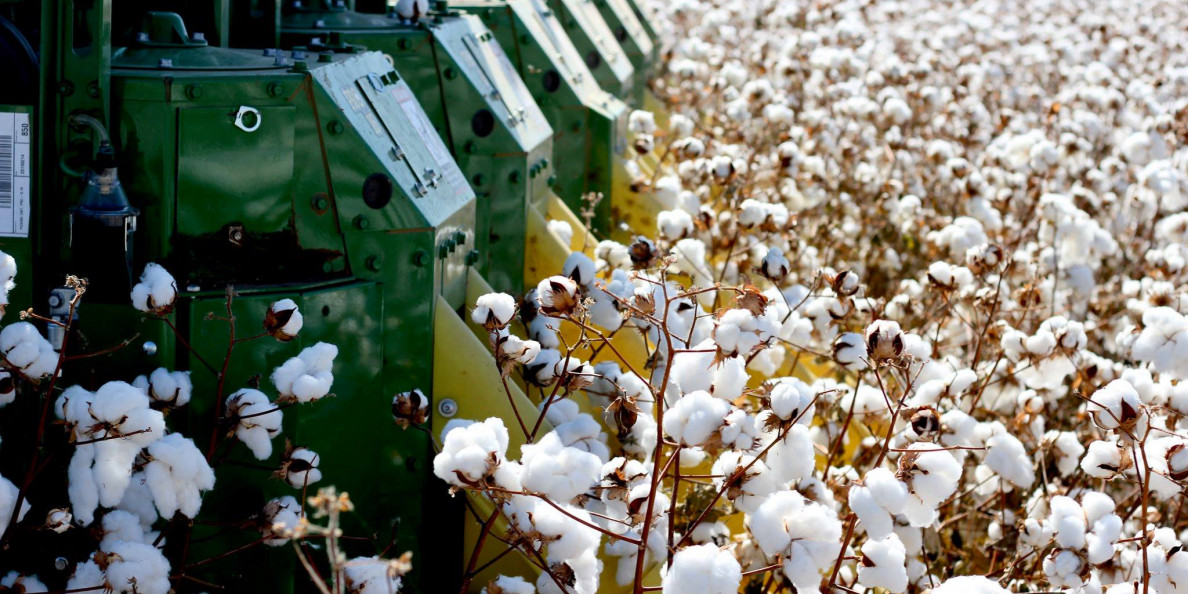By Jim Steadman
Cotton prices back peddled all week. Yet, they surged higher before crossing the finish line. The nearby March contract jumped 310 points and settled the week at 85.68 cents. The new crop December contract ended the week at 82.63 cents – up 215 points on the day. The 81-82 cent price support, thought to be weak, proved to be very resilient and provided a bounce above 85 cents.
The bounce in December came despite early grower planting intentions soaring to 11.6 million acres (Cotton Grower annual survey). Conventional wisdom placed the estimate at 10.2 to 10.8 million acres. The 88-89 price objective for old crop remains in focus. However, I continue bearish on the old crop March, May, and July crop contracts.
Demand is the culprit as both domestic and export demand lags. Yet, it should be noted that on-call sales data (the need for mills to fix the price of cotton they have already purchased) looms in as potentially supportive to the market. New crop will have a severe battle climbing above 85 cents. However, the Cotton Grower survey suggests that 82 cents, basis December, will plant 11.4 to 11.7 million acres in 2023. Plantings this large will diminish the potentially bullish outlook for improved 2023 prices.
However, demand remains the primary deterrent to higher prices and world economic uncertainty has caused mills and retailers to move exceedingly slow in booking new orders. Prospects for a nearby return to improved demand suffered a bit this week as mills confirmed they will extend the Christmas season operational slowdowns as they work off inventory levels and wait for new orders.
While export shipments are some 800,000 bales ahead of last year’s pace, export sales are some 2.6 million bales behind last year’s pace. The current pace of both export sales and export shipments make it problematic that USDA export projections will be reached. U.S. exports, currently projected at 12.25 million bales by USDA, are pacing only about 11.85 million bales (this implies an increase in both U.S. and world cotton carryover).
There are 30 weeks remaining in the 2022-23 marketing year. It is also noted that China, recently the largest importer of U.S. cotton, is buying more cotton from Brazil. Thus, Pakistan has surfaced as the largest importer of U.S. cotton. When Pakistani yields return to the historical trend line, Pakistan’s import needs will diminish. Again, another situation that could be problematic for the intermediate term outlook for U.S. cotton exports.
The National Cotton Council’s Beltwide Cotton Conferences will convene Jan. 10-12 in New Orleans. Economics, seed varieties, ginning, and productions issues will be discussed in detail. There will be a wealth of research reviews and publications released.
Historically, the month of January offers a respectful price rally for cotton. Let us not discount a rally this month, but, as stated, the 88-89 cent area offers stiff resistance. Mill inquiries remain terribly slow, but the number of countries looking for cotton is marginally increasing. Yet, volume levels remain historically low.
Give a gift of cotton today.-
Πηγή: Cotton Grower

